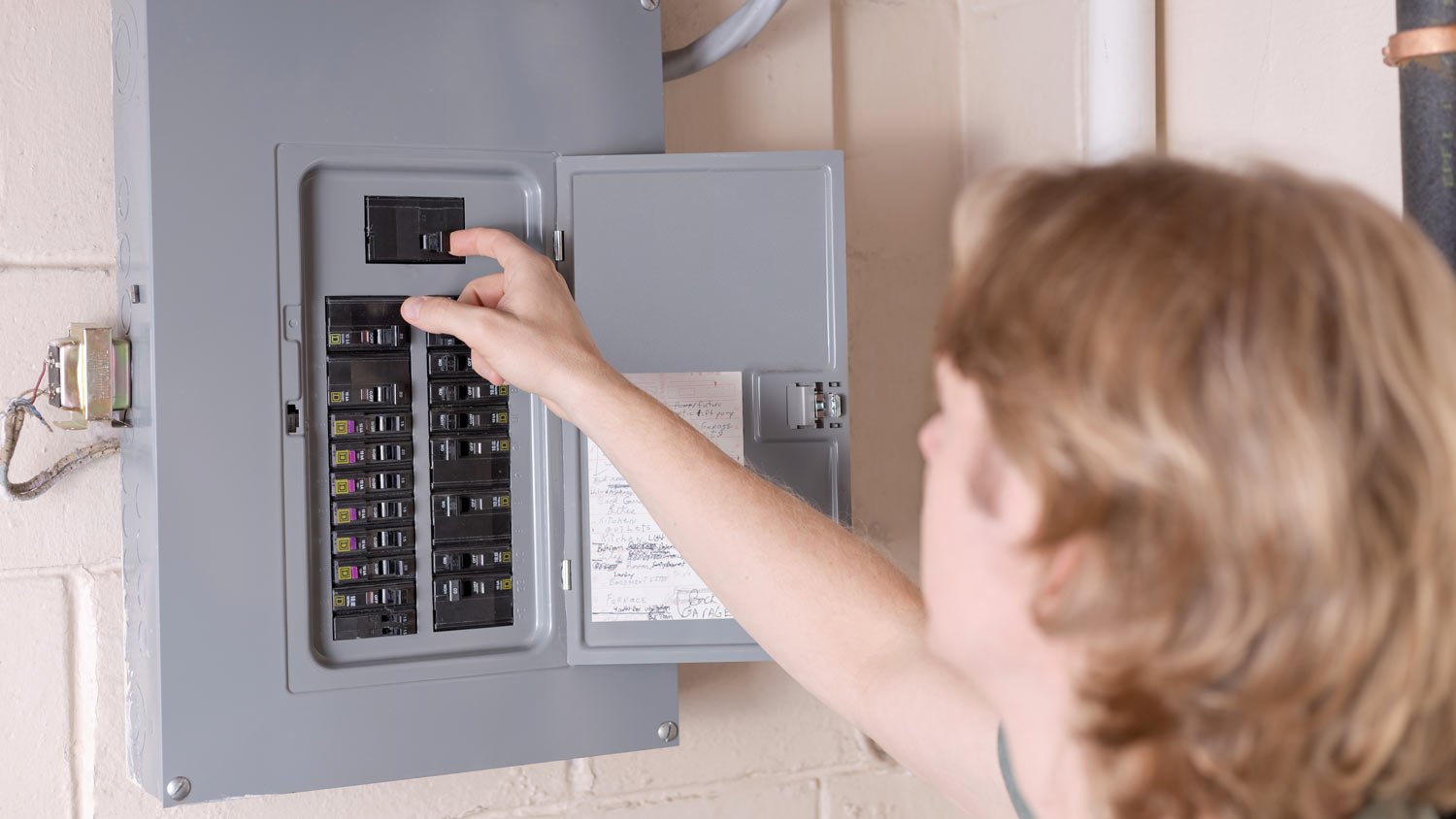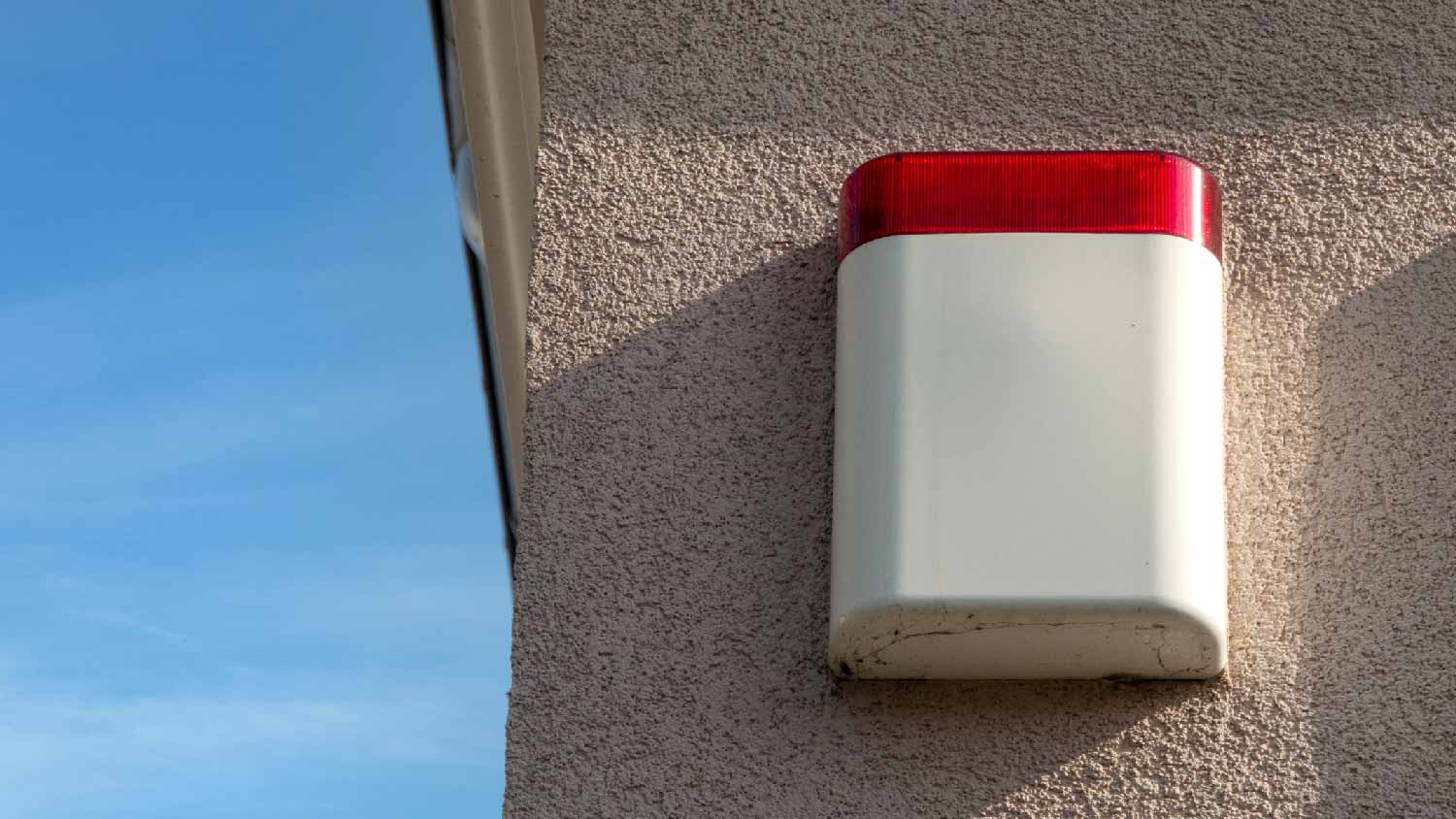
How much does rewire house cost in Columbus? Learn the major factors that impact the price and how it can help increase your home's value.
Guide the main decision for your electrical system


Main lugs connect subpanels, while main breakers control and shut off power for the entire system.
Main breakers provide overcurrent protection, preventing electrical fires; main lugs rely on upstream breakers for safety.
Main breakers can shut off all power simultaneously; main lugs require an external disconnect for complete power shutoff.
Main breakers allow for easy circuit additions; main lugs often require conversion to a main breaker for adding circuits.
Whether you're building a new home or upgrading your electrical system, knowing the difference between a main lug vs. main breaker is key for safety and electrical code compliance. This guide breaks down the key differences to help you choose the best option for your needs.

Main lugs and main breakers serve distinct roles in distributing power throughout an electrical system. However, they operate differently: A main lug acts as a connection point for channeling energy, typically between subpanels, whereas a main breaker controls the different types of circuit breakers throughout a building, allowing power to be shut off at once. Each subpanel connected by a main lug can have its own breakers without a main breaker, while the main lug itself does not include breakers and can’t shut off power simultaneously.
Safety is another major difference between a main lug vs. main breaker. A main breaker connects and disconnects power, plus it acts as a protective shield against overloads and overcurrents. Main lugs don’t have the same built-in protection.
| Type of Difference | Main Lug | Main Breaker |
|---|---|---|
| Application | Connects subpanels | Main power |
| Overcurrent Safety | No protection | Protects |
| Shutoff | Custom by circuit | Shut off all power |
| Installation | More complex | Less complex |
| Code Compliance | Not required | Typically required |
| Adding Circuits | May require upgrade | Easily add circuits |
| Cost | Less expensive | More expensive |
Main lug panels are typically used as subpanels, while main breaker panels are used as the primary electrical panel in a system. Main lug panels are ideal for situations where there is already a main breaker upstream of the current, whereas main breaker panels are best for standalone installations where no other main breaker is present.
Main breaker panels have a built-in main breaker that provides overcurrent protection for the entire electrical system, which can help prevent electrical fires and other hazards. Main lug panels rely on an upstream breaker for overcurrent protection, which means the safety of the system depends on the correct installation and operation of that upstream device.
A main breaker is the central hub for an entire electrical system, meaning it can simultaneously shut off all circuits for safety or maintenance reasons. Similar to the function of circuit breakers, which cut off power to individual circuits, a main breaker cuts off the entire power supply in buildings. A main lug, on the other hand, cannot cut off all power at once—instead, it requires some sort of external disconnect to shut off power.
Main breaker panels are easier to install because they include the main breaker within the panel, providing an all-in-one solution. Main lug panels require the installation of an external main disconnect, which can complicate the installation process and increase labor costs.
Certain building codes or regulations might mandate installing a main breaker to ensure the safety of a building. Main breaker panels often comply with these codes more easily because they include the necessary main breaker. Conversely, main lug panels may require additional components and upgrades to meet code requirements, depending on local regulations.

Main breakers are easy to adjust and add new circuits, as they already contain a main disconnect to the power supply. Adding circuits to a main lug is more complex, often requiring converting the main lug to a main breaker.
Main lug panels are less expensive upfront because they do not include a main breaker. However, the overall cost can increase if additional components, such as an external disconnect, are needed to meet safety and code requirements. Replacing an electrical panel costs $520 to $2,120. These components have a higher initial cost but provide a complete solution with built-in protection against overcurrent, which can potentially reduce the long-term costs associated with safety and code compliance.
I conferred with 2 other contractors before Armstrong Electric. Nick and his crew showed me that the project was not as convoluted as the other contractors made it appear to be. They completed the entire project on time. They were professional, friendly and cleaned up after at completion. I...
Window Depot did an amazing job on my deck. I wasnt sure what I wanted to do, but their composite decking was affordable and will last a long time. I am excited to have family over, and I am no longer embarrassed by my backyard. Jeff and the ground crew were polite, respectful, and caring for...
The techs on my project, Shawn and Cliff, were great. They were prompt, courteous, and efficient. I am very happy with the results and would definitely contact Mr. Electric for any future electrical projects.
We used Unique Hardwood Floor LLC three years ago to work on the floors of a 70 year old home that needed a great deal of work. Some floors needed repairs, some were replaced and others just needed to be refinished. It was a complicated job as they needed to blend the old and the new to...
Great Service. They arrived on time, very courteous, clean and completed the work as expected. Would definitely use them for any of my future electrical needs.
We had an excellent experience with Wilcox Electric. From the initial consultation to the follow-up calls to make sure everything was done as promised. Our technician (David) arrived on-time, was prepared and had the proper materials. He explained the various steps for each of the jobs,...
Very friendly. Good communication. Completed the job well.
Jeff arrived on time and went to work right away. He was able to mount the TV add a new electric receptacle and patch the wall perfectly. Now we have a very professional installation for our TV room. He also hooked up my newly purchased sound bar and speakers to ensure that everything was...
I have to tell you I am all about customer service - I will go out of my way and even pay more for it if you give me great customer service. In a world where this is hard to find, these guys were awesome! I can not sing their praises enough. They were prompt, personable, funny, got right...
I was delighted with SemBro. The kitchen designer (Nadia) created a design that was both very attractive and functional, including some features that we had not ourselves imagined (e.g., corner cabinets). The design far exceeded what another company had generated. After we visited the...
From average costs to expert advice, get all the answers you need to get your job done.

How much does rewire house cost in Columbus? Learn the major factors that impact the price and how it can help increase your home's value.

How much does adding an electrical outlet cost in Columbus? Get details on average pricing, permit needs, and what affects the total cost.

Your budget for moving an electrical panel depends on the type, labor, and more. Find out the average cost to move an electrical panel.

Installing a USB outlet can enhance your charging situation at home. From what a USB Outlet is to the cost of installation, we’ve rounded up what you need to know before installing an outlet in your home.

Removing an alarm system may require the assistance of a professional electrician. Find out the average cost to remove old house alarms.

Nearly every electrical wire in your home has a different purpose. This article will cover the types of electrical wires, what they’re for, and how you can tell them apart.